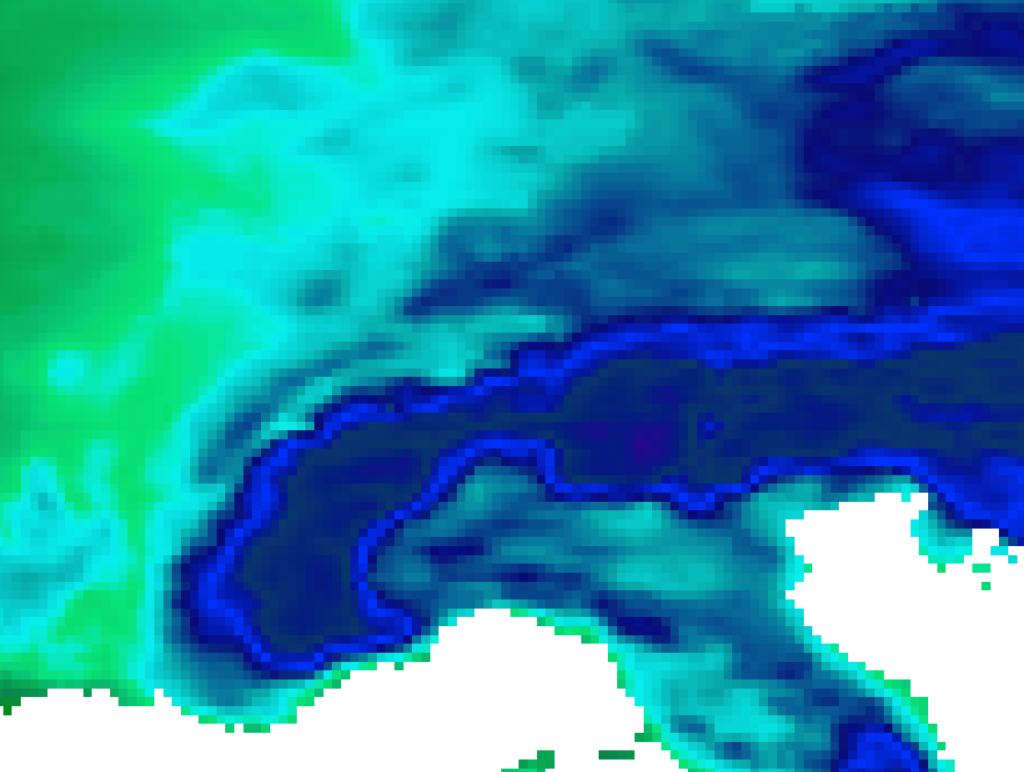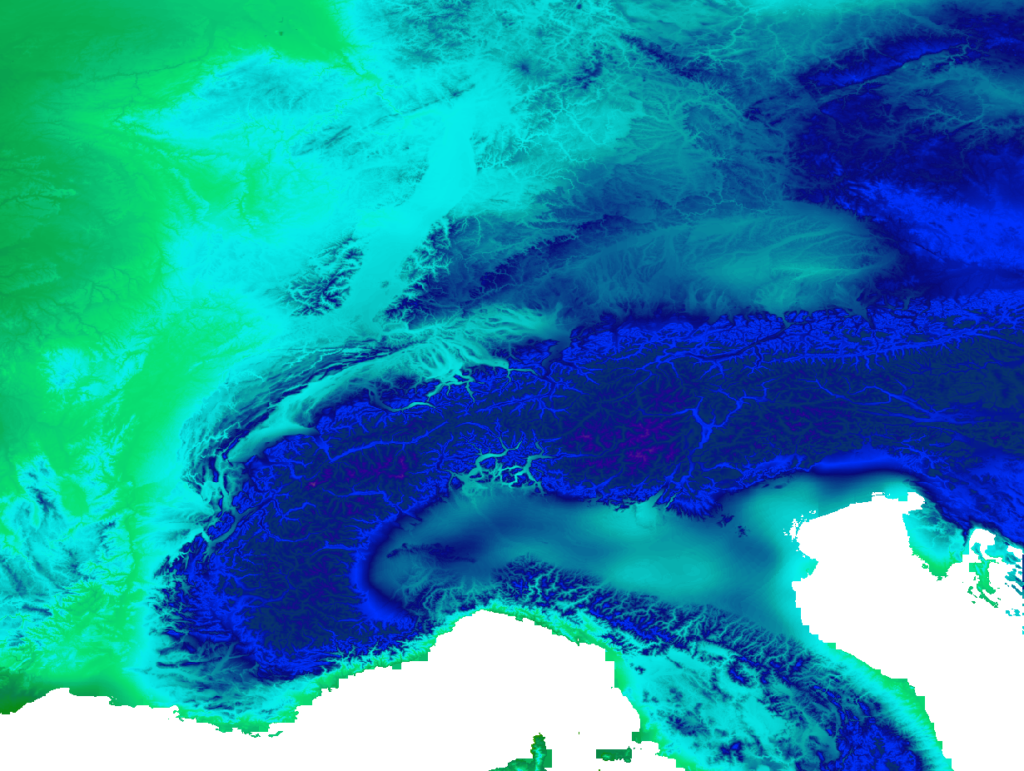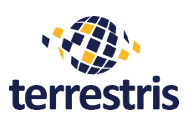When it comes to geodata, each country refers to its own reference systems and spatial resolutions. However, this makes it difficult to seamlessly merge data across national borders. To remedy this, methods were implemented as part of the EU Geo-Harmonizer project with which the project team was able to contribute to the Copernicus products: For example, automated mapping methods were developed and published for the creation of annual land cover maps with a resolution of 30m for the entire period 2000-2020. These data products can now be used directly for national and regional projects throughout Europe. Data processing has been automated and implemented in a cloud environment, which has led to a significant reduction in processing and delivery times.


